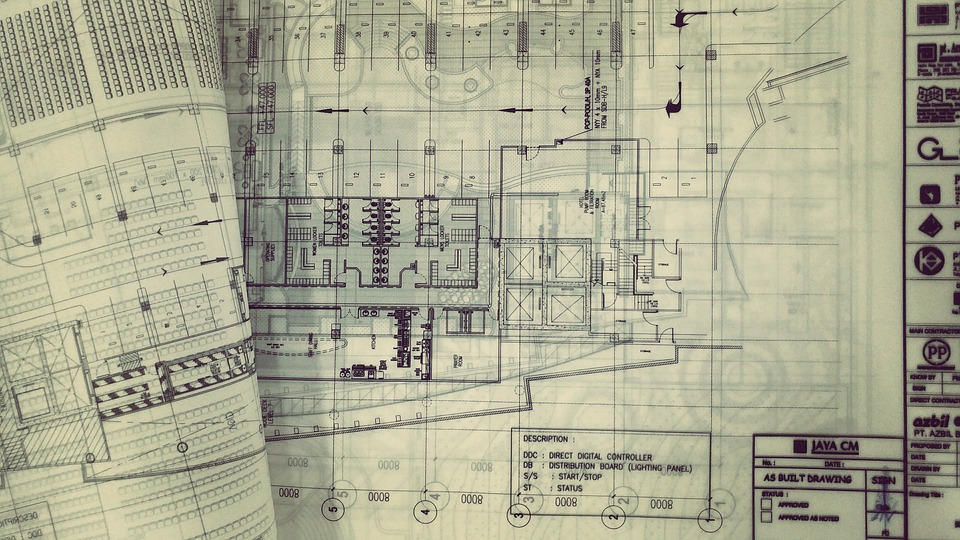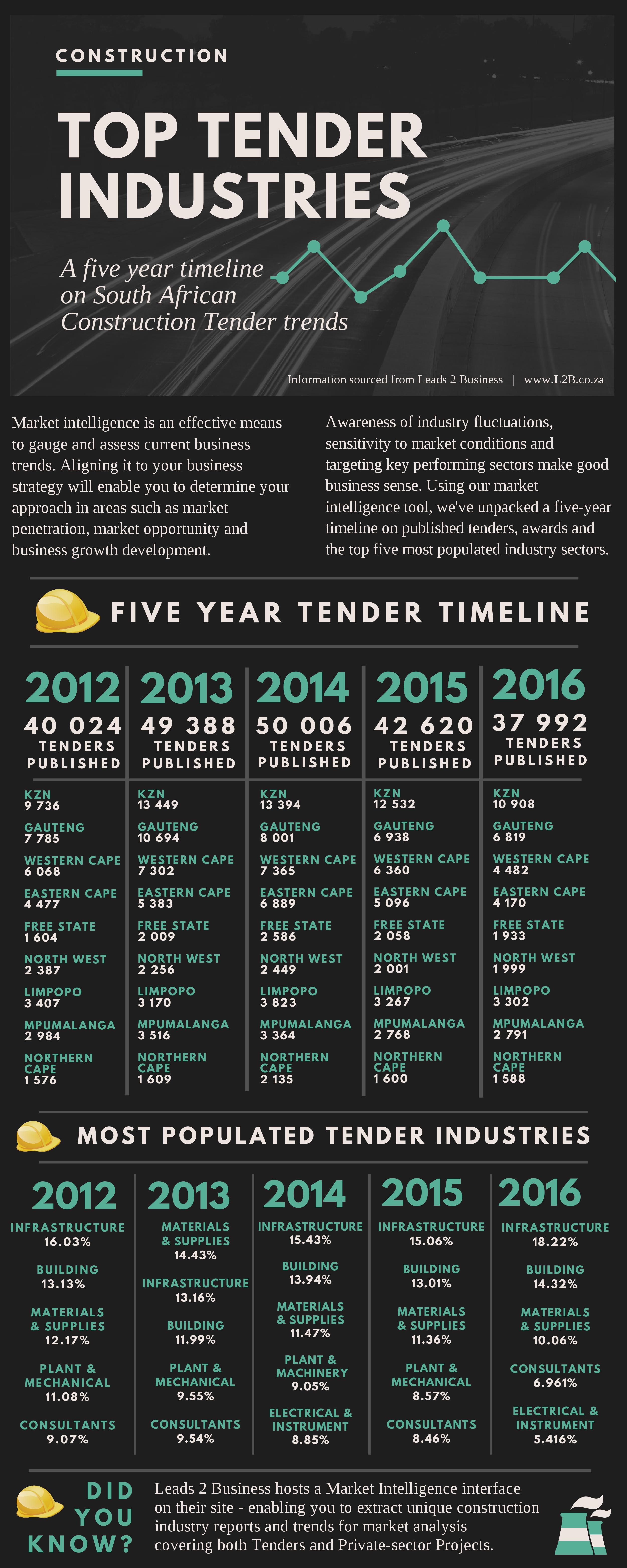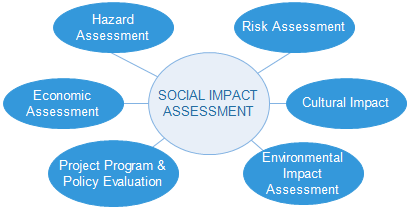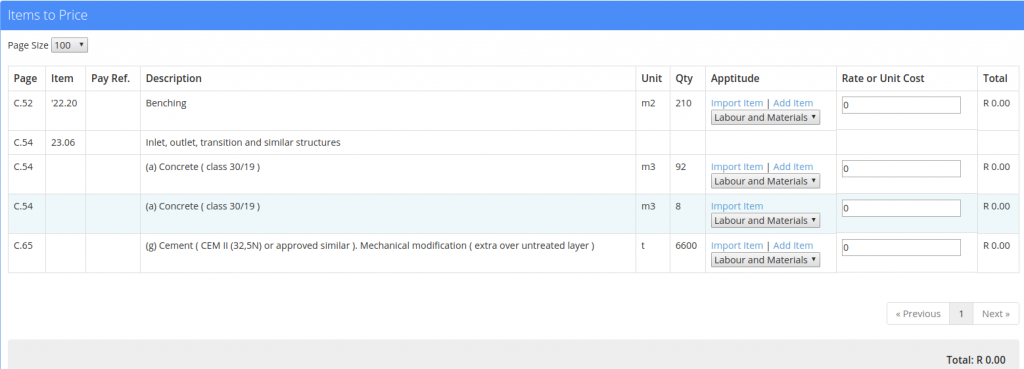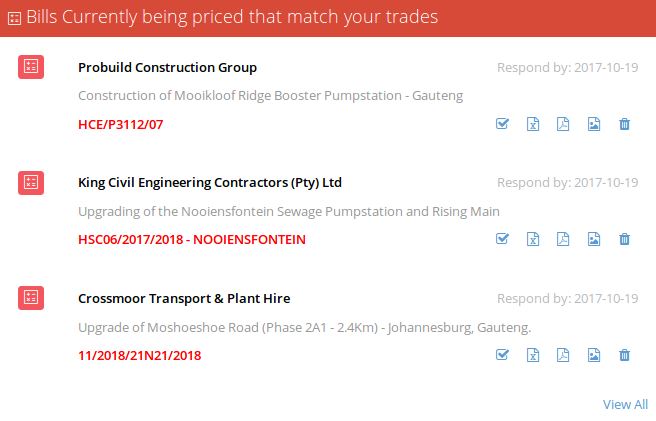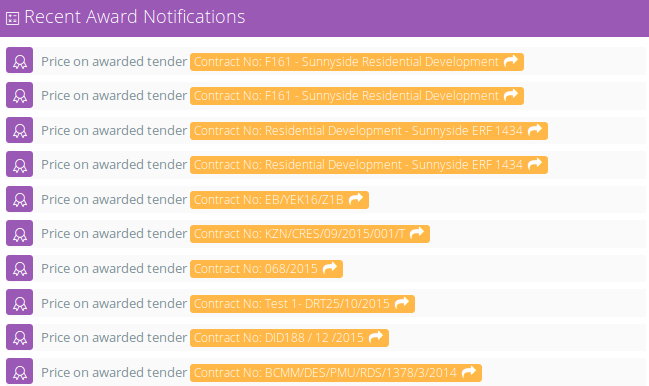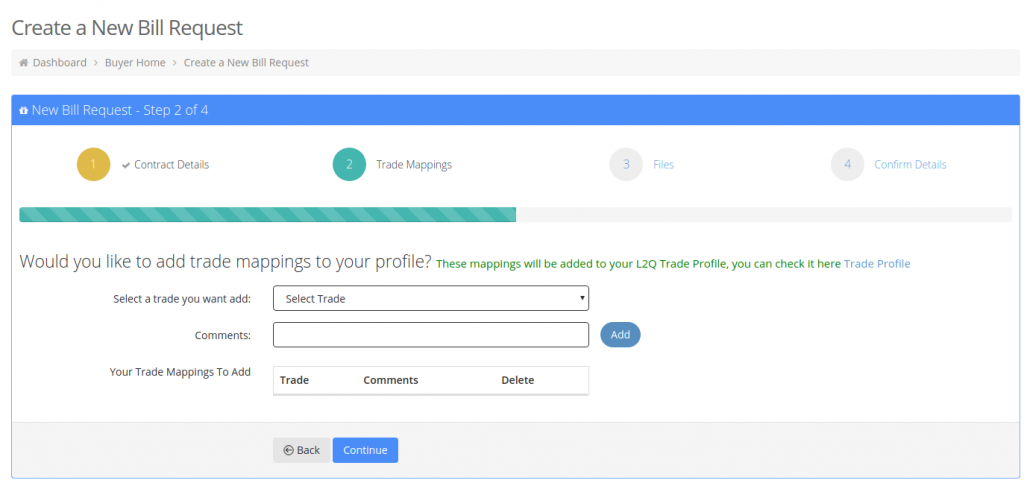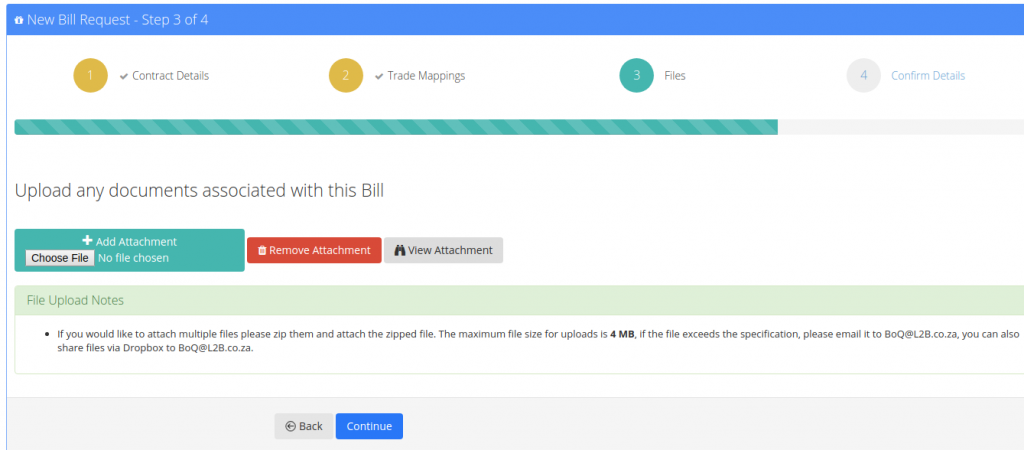
Painless ways to save more money
First of all, I don’t think there any painless ways to save money. It is far easier and more fun to spend money. Saving money leans to the more boring and responsible decision making aspects of our lives, and sometimes you just don’t want to be any more responsible than you already are. Even if it’s better for you. In the long run. But you’re not dealing with the “long run” now, are you? Plus “saving more money” implies that you are saving money currently, and have extra money to stash away. Everyone’s financial situation is different. Some are more fraught than others. Maybe you only have to support yourself, and you can be a little bit more reckless since your decisions and choices only affect yourself. Perhaps you have people that are dependent on you, so your decisions have to take others into account as well. There’s only so many that can fit into a fridge box under a bridge (worst case scenario). I do have people dependent on me. So I approach my money from a variety of angles. Do I have all the answers? Hardly, she chuckles while not making eye contact with the credit card bill. Do all the little tricks work all the time? Nope. You see there’s this thing called “life” and it tends to happen at the worst possible time. But if you don’t have a plan or an approach, then there’s no getting anywhere.
Monthly Bills:
Write everything down – Whether you have a little budget you fill in each month or whatever, keep track. Not saying something because “you forgot” or “you didn’t get a bill” (our Municipalities are not the most reliable), is the easiest way to get behind. Writing everything down also allows you to compare month to month, and address any weirdly high bills, and follow up when you haven’t received a bill/ statement.
Annual Bills – Make note of your Annual bills as well. Know when your licences need to be renewed (e.g. TV, car and drivers’) and any other once a year expense (e.g. annual vaccines for the pets). You’ll be able to plan for these expenses and won’t be caught short and avoid any additional costs involved for being late (i.e. fines)
Annual Instalment Increases – Know when your instalments go up. Medical aid, Retirement Annuities, Insurances, Membership fees etc will all have an annual increase of some sort. Make note of when they go up and make note of what the new fees are. Can you ask for a discount or negotiate a different rate? If you aren’t paying attention, you will never know.
Save – Treat your monthly savings as an expense. I don’t care how much you put away each month, put something away. And make sure you can’t touch it easily. A 32-day call account is a good option for this.
Debt:
Are you serious about getting out of or reducing your debt? And I’m not talking about talking about it. Like everything in life, seeing is believing and doing is the hard part. Wishing it away doesn’t work. If you are not serious, then it’s not going to happen. Worrying about money is corrosive. And debt is a hole we dig for ourselves while lamenting and weeping about how deep the hole is we’re currently standing in and still digging. Everyone has debt in some form or another. I was completely debt free for all of a couple of seconds awhile back. Lovely feeling. Short-lived. Working to get back there. If you are not willing to make the hard decisions (read: not fun decisions) then shut up about your debt. And here’s another kick in the guts; it’s your fault you are in debt. (Shock! Horror!) No one else’s fault, but your own. (Disclaimer: In the case of identity theft, it’s not your fault. Bad luck. I hope it works out) So where do you start:
DO NOT make more debt – Simple. Straightforward. Draw a line in the sand, and do not cross it. Debts breed debt. So stop making more. Suffer but do not make any more debt.
Write EVERYTHING down – Do not be conservative or selective. Don’t write down only the big stuff. Write down who you owe, how much you owe and how much you pay them each month. Be ruthless. You can’t begin to start clearing it all if you don’t know the numbers. It can be daunting but suck it up. Make that list, and keep track every month. You want to be able to know at any given point how much you owe who and how much longer it’ll take to pay them off. Plus this will also allow you to see the horror that is “interest”.
Snowball payments – Once you’ve paid off one creditor, add that instalment to the next creditor on the list. You won’t miss the money, as you haven’t had it up to this point to put it to work. This allows you to speed up your repayments. Keep doing this until everything is paid and you are free and clear. Once you’ve paid off accounts, especially clothing accounts, close them. If you got into trouble with them in the first place, then they’re not working for you. Cut up the cards.
Bonus’ and unexpected windfalls – Depending on the sum, depends on what you do with it. If you are drowning in debt, any unexpected windfall triggers the “spend till we drop” knee-jerk reaction. I, however, hate being asked what I did with a large sum of money and not being able to actually pinpoint where it went. It’s different if you can say “Oh it went to the last holiday” or “the house or car”. Having to answer “I don’t know” is quite disheartening, especially if the money could’ve helped you in quite an impressive way and if you’ve just spent 10 minutes bemoaning your own financial status. If your huge wad of cash isn’t big enough to completely wipe out a particular pile of debt, stick it away into a savings account until it is big enough. If it is big enough, pay off the debt. Kill it, kill it dead. This is the boring and responsible decision making part of your life. This is where you choose to be serious or not. Urgh….so not fun.
Know it takes time – Be patient. Persevere. It might seem never-ending, but it will end and you will have reached your goal. And you might get to brag that you are “DEBT FREE”. Not many get to do that.
Saving
Everyone should be saving each month. It doesn’t matter how much you start with, as long as you start. Saving tends to be goal orientated. You’re saving towards something. They say that you need to have an Emergency Fund (3 to 6 months of living expenses), Short Term Goal (annual expenses) Mid-term Goal (holidays etc) and Long-Term Goal (Retirement). To say that this is overwhelming is an understatement.
Emergency Fund is basically in case of retrenchment. Should you get retrenched, you still have bills to pay and you should be able to live off this Fund until you get back on your feet. If you already have retrenchment cover in place; then you’re pretty much covered here. And good for you but a little extra can’t hurt.
Short Term Goal can be a fund for your annual expenses. You know how much your annual expenses will come to, so you save up to cover these. No scratching around for money to renew your Drivers License, as you’ve already saved towards it.
Mid-Term Goal is usually the fun ones. You plan on going on holiday or buying a new car or house. It’s not hard to be motivated to save towards these kinds of goals as they add to life’s little joys and they are something to look forward to.
Long-Term Goal is your plan and saving towards retirement. Unfortunately, you have to think about retirement and plan now. You can either have a Provident Fund, Retirement Fund, Retirement Annuities or a combination as well as a good old-fashioned savings account with awesome interest that you don’t touch for 30 to 40 years. The Grant for Older Persons (previously known as the Old Age Pension) is R1500.00 a month. Can you live on R1500.00 a month now? No? Then you won’t be able to do it when you’re retired either. If you already have a plan in place, then pay attention to it. Know how much it’ll be worth when you retire.
To Start Saving:
Have a Plan – Know how much you need to save each month and how long you need to save to reach your end goal. Do the maths.
Cut back on Expenses – Go through your monthly expenses with a fine tooth comb and see where you can cut back. Do you buy lunch each day, when you can bring lunch to work? Are there cheaper more cost effective options for your monthly shopping? Check your banking fees and cell phone account. Question everything. Are you paying towards a monthly Gym membership but have never gone? Cancel it. Go through your cupboards and use up what you already have so you don’t have to buy more. You will have to sacrifice. Whether you’re saving for an overseas trip or saving to pay off your debt faster; you will have to go without. Accept it now.
Create a No Spend Tracker – If you are serious about cutting down on your daily spending, then keep track. It’s generally the small daily amounts that fly under the radar that add up, so make yourself accountable. How long can you go without spending anything? See example here
Loyalty Rewards – Once these accumulate, these can be quite helpful. Know what loyalty points you earn where, and if you aren’t earning them; sign up.
Join a Savings Club – A Savings Club takes commitment. If you are not serious about paying in each month, then don’t even think about it. These only work when everyone who participates is on the same page and has respect for the process. If you are serious, a Savings Club can be your annual nest egg to be used wisely.
Sales and Specials – Slightly counterproductive in advocating saving of money but taking advantage of specials and sales can be extremely helpful. Stock up on 3 for 2 specials for toiletries and non-perishable items and bulk buy. If you have a nice stockpile built up, who knows how long you can go without having to spend anything again. Obviously, within reason. You’re not a doomsday prepper preparing for the apocalypse. Buy birthday and Christmas presents throughout the year. December and January are traditionally quite lean months for myself, so if I have all my Christmas presents bought before December; this helps a great deal
Add extra to monthly bills – By the end of the year, you would’ve built up a nice credit and can actually skip those bills over either December or January. The extra cash can either carry you through these lean times, help prevent more debtor can go into your savings.
Money matters are something that we have to learn from experience. So set yourself a goal and make smart choices. It won’t be easy or quick, but it will be worth it.
I started working at Leads 2 Business in February 2005, and have served as Head of Department of Daily Tenders from 2007 until the present. I oversee both the Daily Tenders South Africa and Africa Departments.


